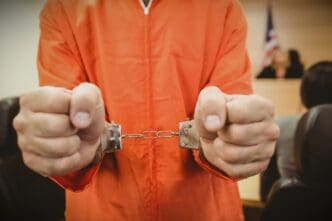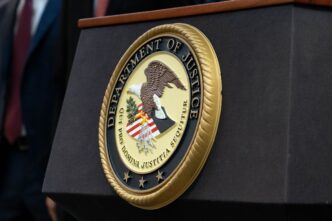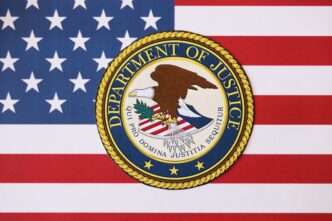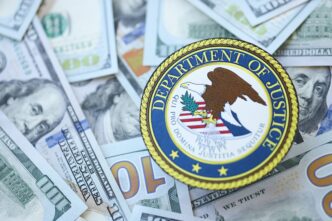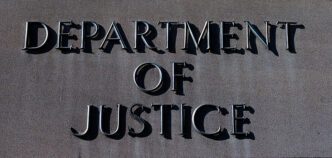The Federal Aviation Administration (FAA) has taken decisive action against New York Helicopter, the company implicated in last week’s tragic Hudson River helicopter crash. The FAA has accused the company’s owner of terminating the director of operations in apparent retaliation for the director’s decision to voluntarily suspend all helicopter tours. As a result, the FAA has ordered the company to cease operations immediately.
New York Helicopter has been instructed to surrender its air carrier certificate following the deadly crash on Thursday, April 10, 2025, and the subsequent dismissal of its director of operations. This decision raised significant safety concerns, prompting the FAA’s acting administrator to issue an emergency order of suspension.
The suspension order was prompted after FAA officials contacted Jason Costello, the director of operations, urging the halt of all flights while investigations by both the FAA and the National Transportation Safety Board (NTSB) proceeded. Costello agreed and sent confirmation of the suspension via email. However, New York Helicopter’s CEO, Michael Roth, later communicated to the FAA that he had not authorized the suspension and that Costello was no longer employed by the company.
The FAA expressed grave concerns over the immediate firing of Costello, interpreting it as potential retaliation for his safety-oriented decision. Without a qualified director of operations, the FAA determined that New York Helicopter posed an unacceptable safety risk to air commerce.
The crash involved a Bell 206 helicopter, which was on its eighth tour of the day when it catastrophically broke apart mid-flight, crashing into the Hudson River between Manhattan and the New Jersey waterfront. Tragically, all six individuals on board perished, including Spanish tourists Agustin Escobar, his wife Merce Camprubi Montal, their three children, and pilot Seankese “Sean” Johnson.
The crash’s aftermath was marked by debris scattered in the river, highlighting the severity of the incident. The helicopter’s rotor and other components reportedly detached during flight, contributing to the accident. Notably, the helicopter lacked flight records, raising further questions about operational practices and safety compliance.
The Human Element Explored
The suspension of New York Helicopter not only underscores the importance of regulatory compliance but also highlights the critical role of safety in aviation operations. For consumers and the community, this incident serves as a stark reminder of the potential risks associated with sightseeing tours and the vital necessity of stringent safety measures. Ensuring that qualified personnel are in place and that decisions are made with passenger safety as the utmost priority is essential for maintaining public trust.
For the families of those involved, the incident is a profound tragedy that emphasizes the unpredictable nature of air travel. It also stresses the importance of regulatory bodies like the FAA in safeguarding the public through rigorous oversight and intervention when companies fail to adhere to safety standards. As investigations continue, industry stakeholders and the public will be keenly observing the outcomes and any subsequent policy changes aimed at enhancing aviation safety.

